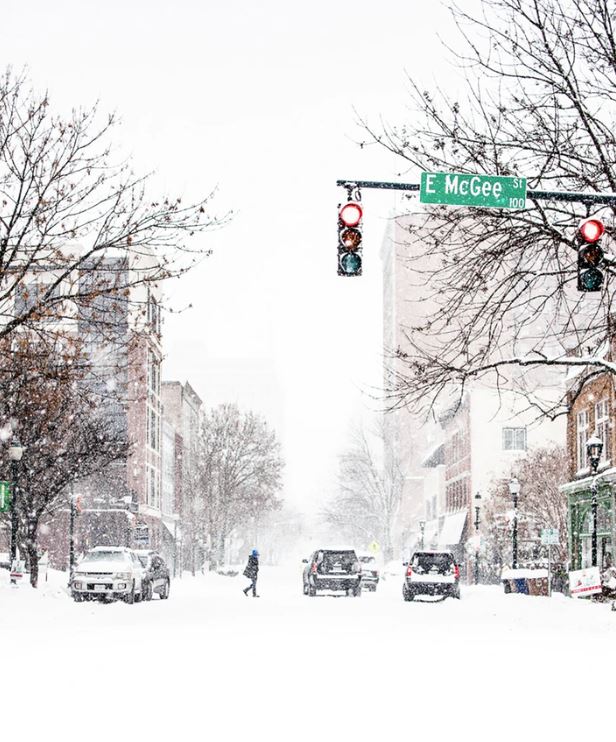
When teenagers get a driver’s license, it can be an exciting feeling of freedom for them as well as causing a bit of concern for parents. During their first winter season of driving, teens may not have much experience in navigating icy or snow-covered roads. Here are four ways parents can help to prepare their new young drivers for the challenges of slippery streets.
Discuss the Owner’s Manual
Go through the car’s Owner’s Manual with your teenager to make sure they understand how the vehicle works and what the various warning lights mean. The teens should also know basic maintenance like setting the tire pressure to the recommended level and keeping the window washer fluid and oil reservoirs adequately full. The manual should be kept in the car’s glove compartment or trunk for handy reference if needed.
Contact an Attorney
After an accident, contact an auto accident lawyer you trust to assist. You might want to introduce your son or daughter to the attorney before an accident occurs and ask the auto accident lawyer to explain a few important traffic laws to keep in mind for winter driving, such as reducing speed when the roads are slick and maintaining a suitable stopping distance behind other vehicles. Coming from a legal professional, the advice may be taken more seriously.
Let your teen be involved in the legal process that follows an accident. When you meet with the lawyer, bring your teen. Not only will this help them understand the seriousness of the situation, it can help them know what to do if they’re in another accident in the future.
Review Local Traffic Laws
Students that drive the same or a similar route to and from school or work might benefit from a review of the traffic laws pertaining to those streets. It may be helpful to remind new drivers about school zones, construction areas, business districts, and highway speeds, especially when the weather is bad. They should also know the legal expectations of what to do if they have a traffic accident or if the car should get a flat tire or break down on the road.
Winterize the Car
Teach your teenager how to prepare the car for winter. This might include getting the vehicle waxed to protect the finish, keeping tires inflated as they tend to lose air in the cold temperatures, and taking along a safety kit of flares, bottled water, a snack, and a mobile phone charger in case of an emergency.
With tips like these, teen drivers will be better informed about how to drive in wintertime. They will also be more prepared to handle accidents or car problems in bad weather, giving them and their parents more peace of mind.


